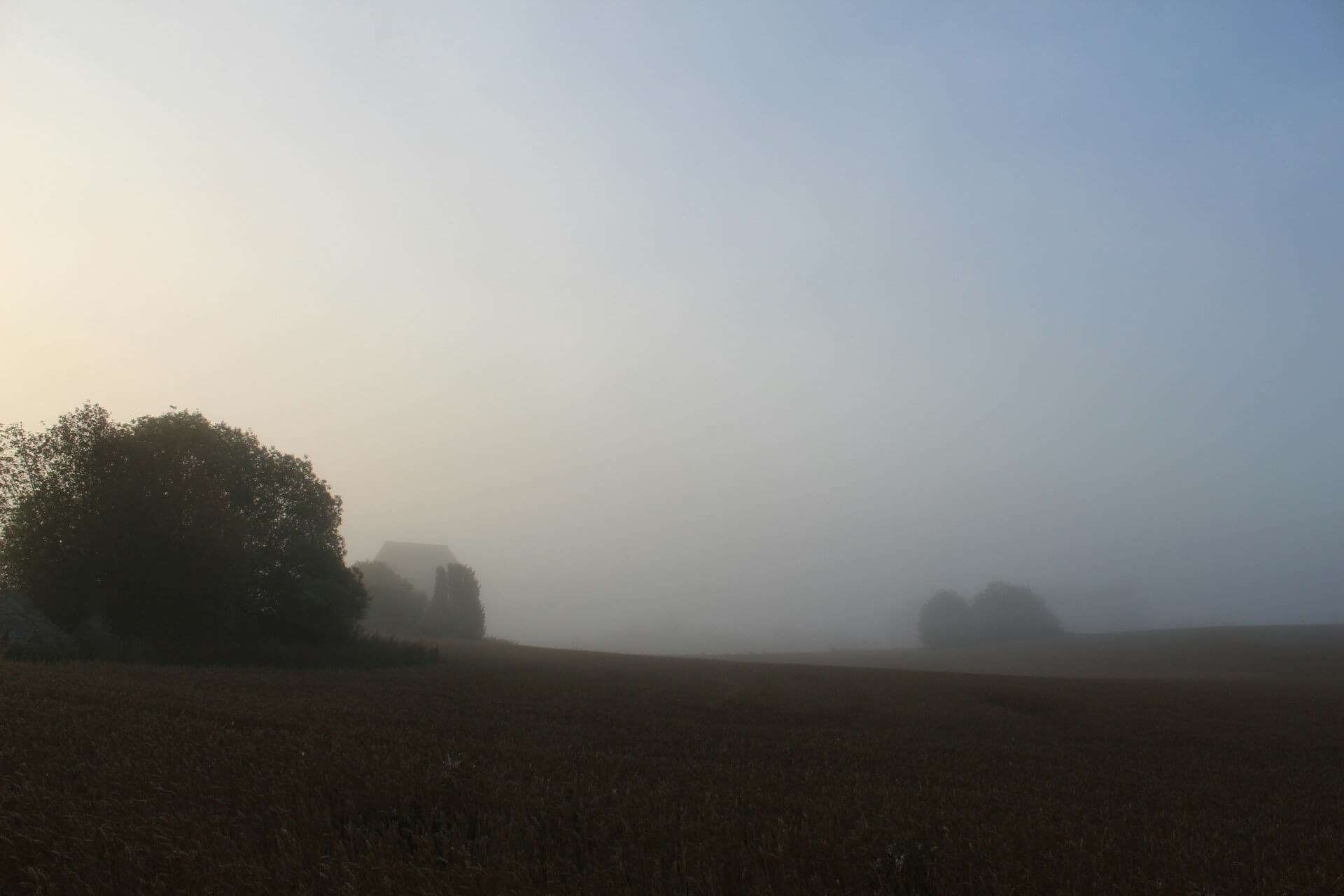
English Reading Practice
(February 27, 2025)
Fog harvesting, also known as fog collection, is an innovative technique that captures water droplets from fog using specialised mesh nets. This method offers a sustainable water source, especially in arid regions where traditional water supplies are scarce. By extracting moisture from the atmosphere, fog harvesting provides communities with potable water and supports agricultural activities.
How Fog Harvesting Works
The process involves erecting vertical mesh nets, often referred to as fog catchers or fog fences, in areas frequently covered by fog. As fog passes through these nets, tiny water droplets adhere to the mesh fibres and eventually trickle down into collection troughs positioned below. This passive system requires no external energy, making it particularly suitable for remote or resource-limited locations.
Historical Development
The concept of fog harvesting dates back to ancient civilisations, such as the Incas, who placed buckets under trees to collect condensed water. In the mid-1980s, the Meteorological Service of Canada initiated modern fog collection projects on Mont Sutton in Quebec, primarily to study fog composition. This endeavour inspired Chilean scientists to collaborate with Canadian researchers, leading to the establishment of fog collection facilities on El Tofo Mountain in northern Chile. These installations aimed to irrigate seedlings for reforestation and later supplied water to the nearby village of Chungungo.
Global Implementations and Achievements
Fog harvesting has been adopted in various parts of the world with notable success:
- Peru: In coastal regions, fog harvesting systems have collected up to 400 litres of water daily, providing essential resources for local communities.
- Morocco: On Mount Boutmezguida, fog collectors have achieved remarkable yields, capturing up to 6,300 litres of water per day.
- California, USA: Researchers are exploring fog harvesting as an alternative water resource to address climate change-induced droughts. Experimental setups have successfully captured fog droplets, converting them into usable water for irrigation and other purposes.
- Canary Islands: The "cloud-milking" technique extracts water from fog to support reforestation efforts in areas affected by fires and droughts. This zero-energy method uses plastic mesh nets to mimic local tree leaves, capturing fog droplets to irrigate young trees until they become self-sustaining.
Advantages and Future Prospects
Fog harvesting offers several benefits:
- Sustainability: The technique operates without external energy, reducing environmental impact and operational costs.
- Accessibility: It provides a viable water source in remote or arid regions where conventional water infrastructure is lacking.
- Scalability: Fog harvesting systems can be tailored to meet the specific needs of communities, from small-scale installations for individual households to larger setups for entire villages.
As climate change continues to affect global water availability, fog harvesting presents a promising solution to water scarcity. Ongoing research and technological advancements aim to enhance the efficiency and durability of fog collection systems, ensuring they remain a reliable resource for communities worldwide.
Sources:
Comprehension Questions
Answer: Fog harvesting is a technique that captures water droplets from fog using specialised mesh nets. These nets, known as fog collectors, are installed in fog-prone areas. As fog passes through the mesh, water droplets stick to the fibres and eventually drop down into collection troughs below. This system requires no external energy, making it suitable for remote or resource-limited locations.
Answer: Fog harvesting has been successfully implemented in many regions like Chile, Canary Islands, and California, USA.
Answer: Fog harvesting offers several benefits such as sustainability (operates without external energy), accessibility (provides a viable water source in remote regions), and scalability (fog harvesting systems can be tailored to meet the specific needs of communities).
Answer: The idea of fog harvesting dates back to ancient civilisations such as the Incas, who placed buckets under trees to collect condensed water. In the mid-1980s, the Meteorological Service of Canada initiated modern fog collection projects on Mont Sutton in Quebec, mainly to study fog composition. This project inspired Chilean scientists to work with Canadian researchers, leading to the establishment of fog collection facilities on El Tofo Mountain in northern Chile.
Answer: Fog harvesting contributes to environmental conservation by providing water for reforestation projects, which can help counteract desertification.
Listen to the article in British English!
Listen to a British English native reading the article to help improve your listening and comprehension skills in the video below:

